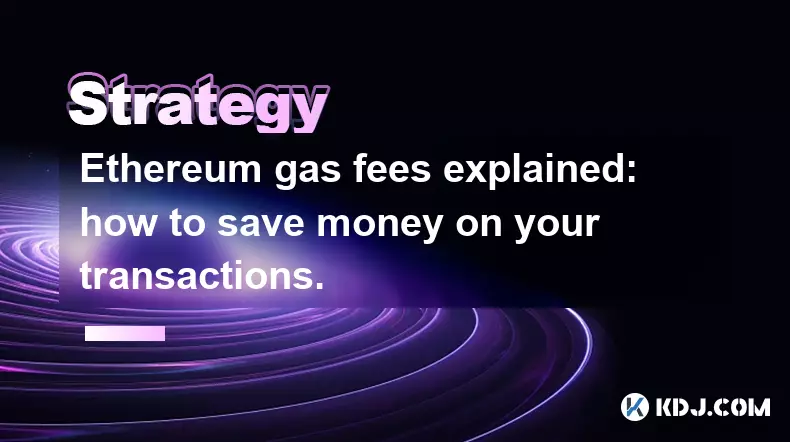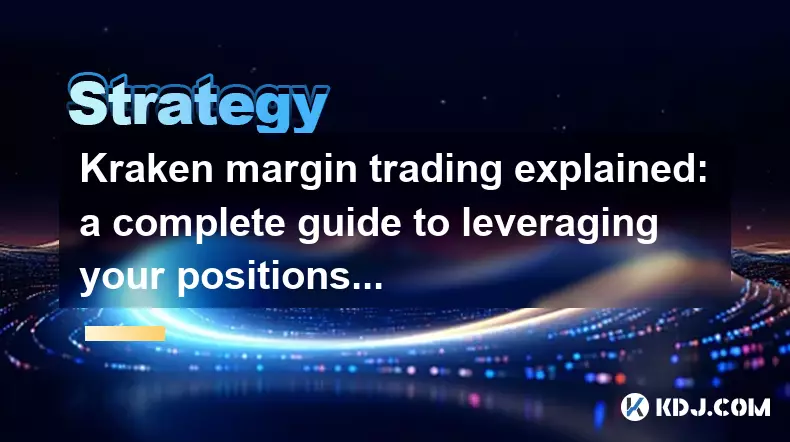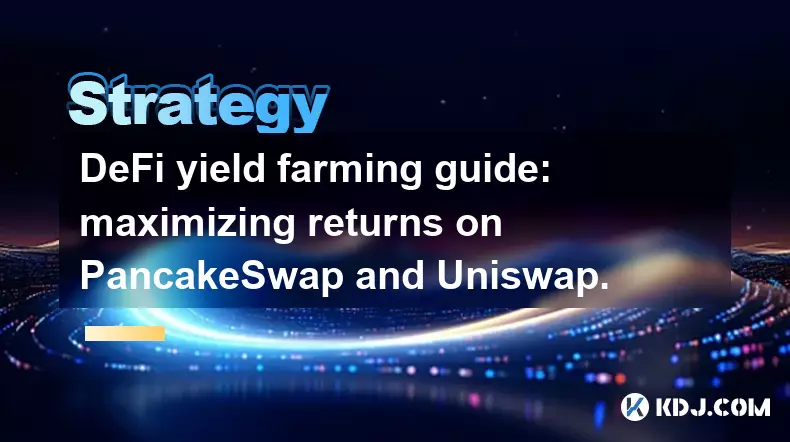-
 bitcoin
bitcoin $102182.982207 USD
-0.92% -
 ethereum
ethereum $3438.744518 USD
0.12% -
 tether
tether $0.999933 USD
0.02% -
 xrp
xrp $2.405093 USD
0.05% -
 bnb
bnb $956.306114 USD
-0.53% -
 solana
solana $153.028851 USD
-1.23% -
 usd-coin
usd-coin $0.999800 USD
-0.03% -
 tron
tron $0.294898 USD
-1.08% -
 dogecoin
dogecoin $0.171428 USD
-0.58% -
 cardano
cardano $0.551186 USD
-1.15% -
 hyperliquid
hyperliquid $38.755878 USD
0.04% -
 chainlink
chainlink $15.298460 USD
-0.05% -
 bitcoin-cash
bitcoin-cash $516.067428 USD
1.68% -
 stellar
stellar $0.280726 USD
-0.42% -
 zcash
zcash $518.919369 USD
18.01%
Mastering Crypto Derivatives: The Ultimate Playbook for Traders
Crypto derivatives like futures, options, and perpetual swaps allow traders to speculate or hedge without owning assets, using leverage and strategies to navigate volatile markets.
Sep 05, 2025 at 09:55 am

Understanding the Foundation of Crypto Derivatives
1. Crypto derivatives are financial instruments that derive their value from an underlying cryptocurrency asset, such as Bitcoin or Ethereum. These contracts allow traders to speculate on price movements without owning the actual digital asset.
2. The most common types of crypto derivatives include futures, options, and perpetual swaps. Each offers unique mechanisms for leveraging exposure, managing risk, or capitalizing on volatility in the digital asset markets.
3. Futures contracts obligate the buyer or seller to transact an asset at a predetermined price and date. In the crypto space, these are often settled in cash rather than physical delivery, simplifying the trading process.
4. Perpetual swaps have become especially popular due to their lack of an expiration date and the use of funding rates to keep the contract price aligned with the spot market. This structure appeals to both short-term scalpers and longer-term trend followers.
5. Options provide the right, but not the obligation, to buy or sell an asset at a set price before a specific date. Call options bet on price increases, while put options are used to profit from declines or hedge existing holdings.
Strategies for Maximizing Gains in Volatile Markets
1. Trend-following strategies involve entering positions in the direction of established market momentum. Traders use technical indicators like moving averages and the Relative Strength Index (RSI) to identify and ride strong price movements.
2. Mean reversion approaches assume that prices will eventually return to their average over time. This works well in sideways or range-bound markets, where traders can sell near resistance and buy near support using options or short-term futures.
3. Arbitrage opportunities arise when price discrepancies appear across exchanges or between spot and futures markets. Skilled traders exploit these gaps using automated bots or rapid manual execution to lock in risk-free profits.
4. Hedging with derivatives protects existing crypto portfolios from downside risk. For instance, holding Bitcoin while shorting Bitcoin futures can offset losses during market corrections without selling the underlying asset.
5. Scalping leverages high-frequency trades over minutes or seconds, profiting from small price changes. This requires low-latency connections, tight spreads, and disciplined risk management to be consistently profitable.
Risk Management: The Trader’s Lifeline
1. Position sizing determines how much capital is allocated to each trade. Over-leveraging is a common pitfall in crypto derivatives; limiting exposure per trade helps prevent catastrophic losses.
2. Stop-loss orders automatically close positions when prices move against the trader beyond a set threshold. These are essential in highly volatile markets where sudden swings can erase gains rapidly.
3. Leverage amplifies both gains and losses. While platforms offer up to 100x leverage, prudent traders often use 5x to 10x to maintain control over downside scenarios.
4. Monitoring open interest and funding rates provides insight into market sentiment. Unusually high open interest may signal an impending reversal, while extreme funding rates can indicate over-leveraged long or short positions.
5. Diversifying across different derivative types and assets reduces concentration risk. Combining options strategies with futures positions, or trading across multiple altcoins, spreads exposure and enhances resilience.
Common Questions About Crypto Derivatives Trading
What is the difference between a futures contract and a perpetual swap?A futures contract has a fixed expiration date and settlement mechanism, while a perpetual swap does not expire and uses periodic funding payments to tether its price to the underlying spot market.
How do funding rates work in perpetual contracts?Funding rates are periodic payments exchanged between long and short traders. When longs dominate, they pay shorts to discourage excessive bullish leverage, helping maintain price equilibrium with the spot market.
Can beginners trade crypto derivatives safely?Beginners can participate but should start with minimal leverage, use demo accounts, and focus on understanding contract mechanics before committing significant capital.
Why do institutional traders favor crypto derivatives?Institutions use derivatives for hedging large crypto holdings, executing large trades without impacting spot prices, and gaining leveraged exposure within regulated frameworks where available.
Disclaimer:info@kdj.com
The information provided is not trading advice. kdj.com does not assume any responsibility for any investments made based on the information provided in this article. Cryptocurrencies are highly volatile and it is highly recommended that you invest with caution after thorough research!
If you believe that the content used on this website infringes your copyright, please contact us immediately (info@kdj.com) and we will delete it promptly.
- TRX Price & Tron's Resilience: Is the $EV2 Presale the Next Big Thing?
- 2025-11-13 17:00:02
- Meme Coins in the Hype Market: Utility vs. Virality in 2025
- 2025-11-13 16:55:01
- Telcoin (TEL), Bitcoin (BTC), and the Crypto Landscape: A New Yorker's Take
- 2025-11-13 14:50:02
- Cardano (ADA) Price Rebound: Is $0.70 Within Reach?
- 2025-11-13 15:15:01
- Blazpay Token: Riding the AI Growth Wave Through Presale
- 2025-11-13 15:10:01
- Spot a Fortune: That 2p Coin Could Be Worth £1,000! Valuable Words to Watch For
- 2025-11-13 15:25:02
Related knowledge

Navigating a crypto bear market: strategies for survival and profit.
Nov 05,2025 at 02:04pm
Navigating a Crypto Bear Market: Strategies for Survival and Profit Surviving a crypto bear market requires more than just patience—it demands strateg...

Ethereum gas fees explained: how to save money on your transactions.
Nov 04,2025 at 04:01pm
Ethereum Gas Fees: Understanding the Basics1. Ethereum operates on a decentralized network where every transaction requires computational power to exe...

Kraken margin trading explained: a complete guide to leveraging your positions.
Nov 04,2025 at 02:19pm
Kraken Margin Trading Overview1. Kraken is one of the most established cryptocurrency exchanges offering margin trading to experienced traders seeking...

NFT flipping for beginners: a step-by-step guide to profitable trading.
Nov 02,2025 at 11:54pm
NFT Flipping Basics: Understanding the Market1. NFT flipping involves purchasing non-fungible tokens at a lower price and reselling them for profit, o...

DeFi yield farming guide: maximizing returns on PancakeSwap and Uniswap.
Nov 05,2025 at 12:20am
Understanding Yield Farming on PancakeSwap and Uniswap1. Yield farming has become a central activity in the decentralized finance (DeFi) space, allowi...

How to find the next 100x altcoin: a fundamental analysis checklist.
Nov 02,2025 at 09:54pm
Decentralized Exchanges Are Reshaping Trading Dynamics1. Decentralized exchanges (DEXs) have emerged as a powerful alternative to centralized platform...

Navigating a crypto bear market: strategies for survival and profit.
Nov 05,2025 at 02:04pm
Navigating a Crypto Bear Market: Strategies for Survival and Profit Surviving a crypto bear market requires more than just patience—it demands strateg...

Ethereum gas fees explained: how to save money on your transactions.
Nov 04,2025 at 04:01pm
Ethereum Gas Fees: Understanding the Basics1. Ethereum operates on a decentralized network where every transaction requires computational power to exe...

Kraken margin trading explained: a complete guide to leveraging your positions.
Nov 04,2025 at 02:19pm
Kraken Margin Trading Overview1. Kraken is one of the most established cryptocurrency exchanges offering margin trading to experienced traders seeking...

NFT flipping for beginners: a step-by-step guide to profitable trading.
Nov 02,2025 at 11:54pm
NFT Flipping Basics: Understanding the Market1. NFT flipping involves purchasing non-fungible tokens at a lower price and reselling them for profit, o...

DeFi yield farming guide: maximizing returns on PancakeSwap and Uniswap.
Nov 05,2025 at 12:20am
Understanding Yield Farming on PancakeSwap and Uniswap1. Yield farming has become a central activity in the decentralized finance (DeFi) space, allowi...

How to find the next 100x altcoin: a fundamental analysis checklist.
Nov 02,2025 at 09:54pm
Decentralized Exchanges Are Reshaping Trading Dynamics1. Decentralized exchanges (DEXs) have emerged as a powerful alternative to centralized platform...
See all articles










































































